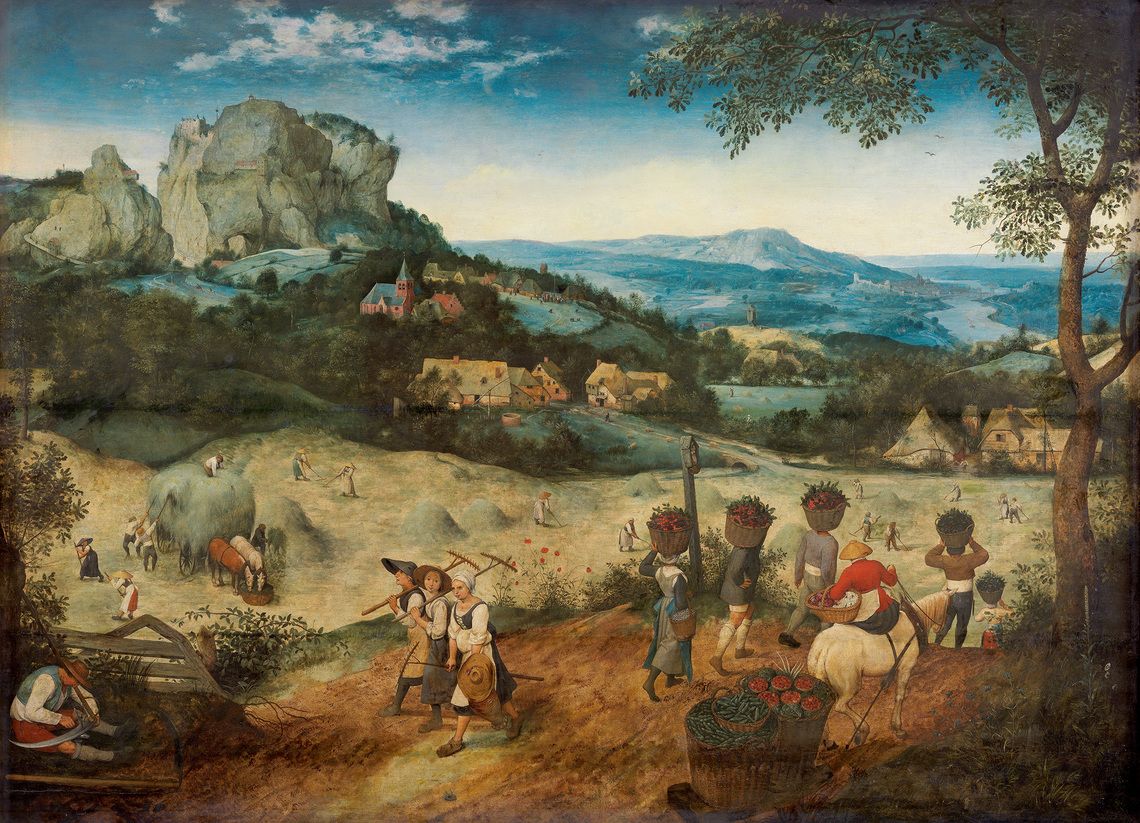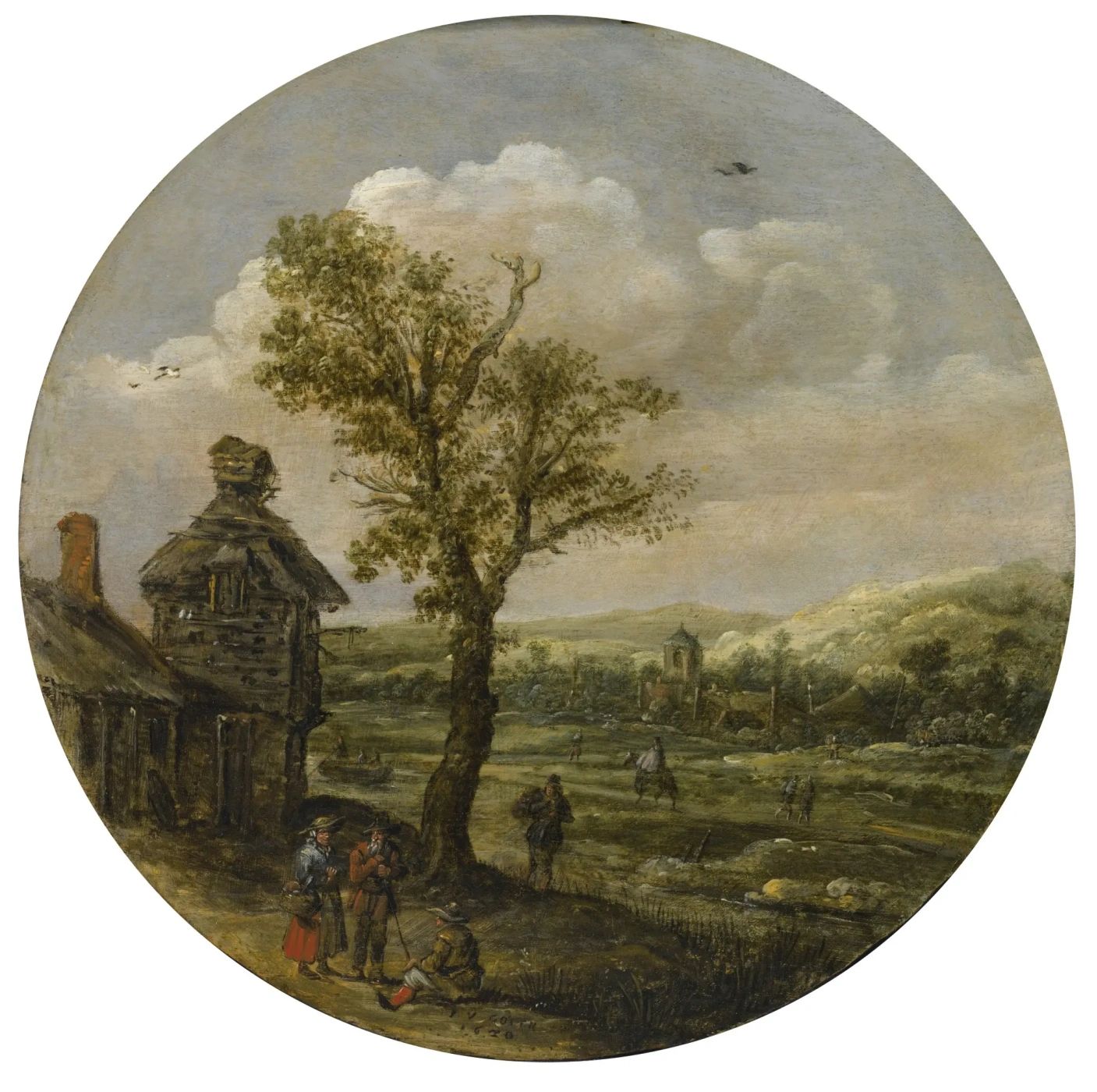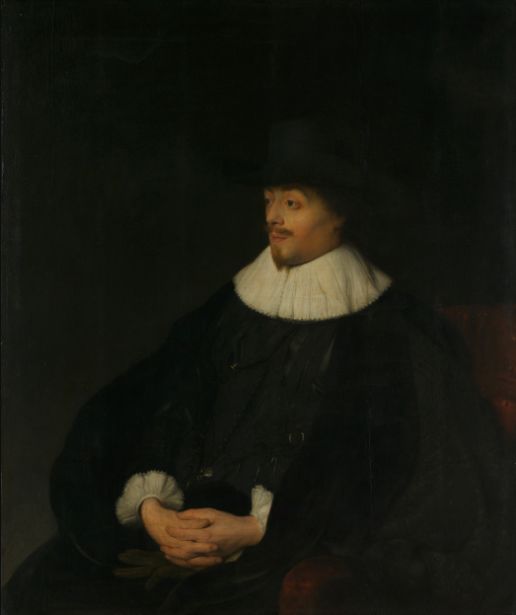17th-century Dutch painting holds a significant place in European art history due to its distinctive naturalism and exquisite techniques. The establishment of the Dutch Republic allowed artists to break free from traditional religious and historical themes, turning their focus to everyday life and natural landscapes. These landscape paintings of the period not only showcase the individual talents of the artists but also reflect Dutch society, culture, and spirit.
The rise of Dutch landscape painting can be traced back to the Flemish painting traditions of the 15th and 16th centuries, particularly the use of aerial perspective, which imparted a strong sense of spatiality and natural realism to these works. However, unlike the then-popular themes of the Bible or mythology, and unlike the rural labor scenes in Pieter Bruegel’s "The Months," these paintings depicted the mundane, flat, water-dominated, and almost featureless rural scenery of the Netherlands.

This new form of landscape painting, to some extent, mirrored the values and cultural mindset of 17th-century Dutch society. Compared to landscape paintings from other European regions, Dutch landscape paintings rarely showed pride in private property or nostalgia for a classical past. Instead, they focused more on the daily lives and natural environment of the Dutch people, often imbued with deep religious and patriotic meanings. The recurring medieval church towers in these paintings, adapted to suit Protestantism, symbolized the divine protection of the Republic.
Jan van Goyen was one of the prominent landscape painters of this period, creating about 1,200 works. These paintings were mostly not commissioned personally but were created by artists according to market demand. The buyers were primarily urban merchants, members of special classes, shopkeepers, and wealthy craftsmen, with fewer nobles, as they preferred the Italian style of art.

These paintings were not just decorations for homes; they also carried profound spiritual and patriotic significance. Constantijn Huygens, a contemporary Calvinist, wrote, "God’s goodness is evident on every dune," reflecting the religious interpretation of nature prevalent at the time. The church towers in Dutch landscape paintings not only symbolized the origins of Protestantism but also represented the security and independence of the Republic under divine protection.

The large number of surviving Dutch landscape paintings allows us to glimpse the social landscape and natural environment of the time. Artists often adjusted and rearranged the scenery in their works to achieve an ideal visual effect. Though they might seem like direct copies of nature, these paintings were rarely identical to real landscapes, often being artistically modified to present an idealized view of nature.
In these paintings, the buildings, ships, vehicles on the roads, and the clothing of the people all reflected contemporary Dutch life. Dutch painter Samuel van Hoogstraten, in 1678, proposed the concept of “selective natural resemblance,” suggesting that artists could freely modify and adjust the scenes before them to better fit aesthetic ideals.